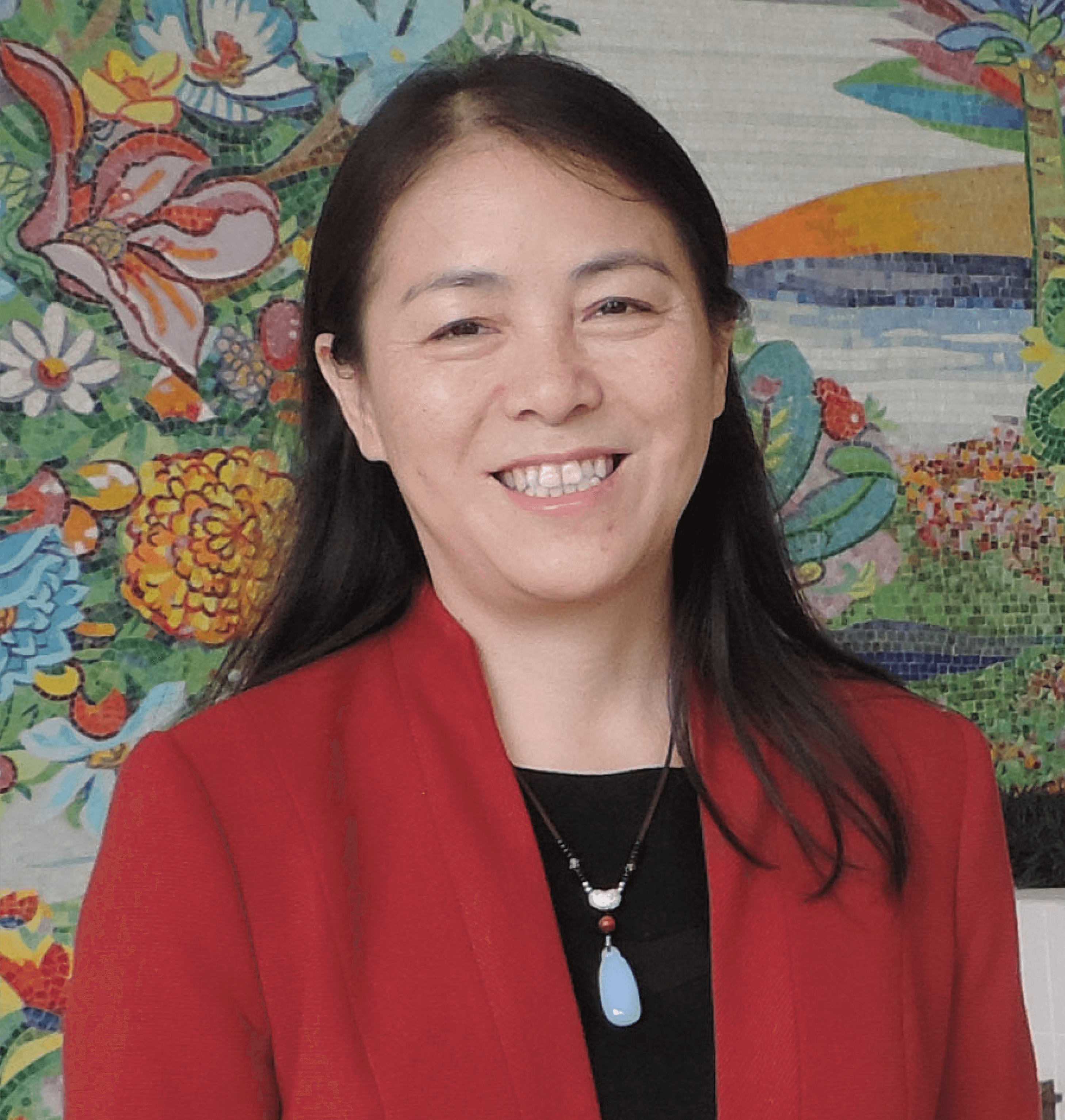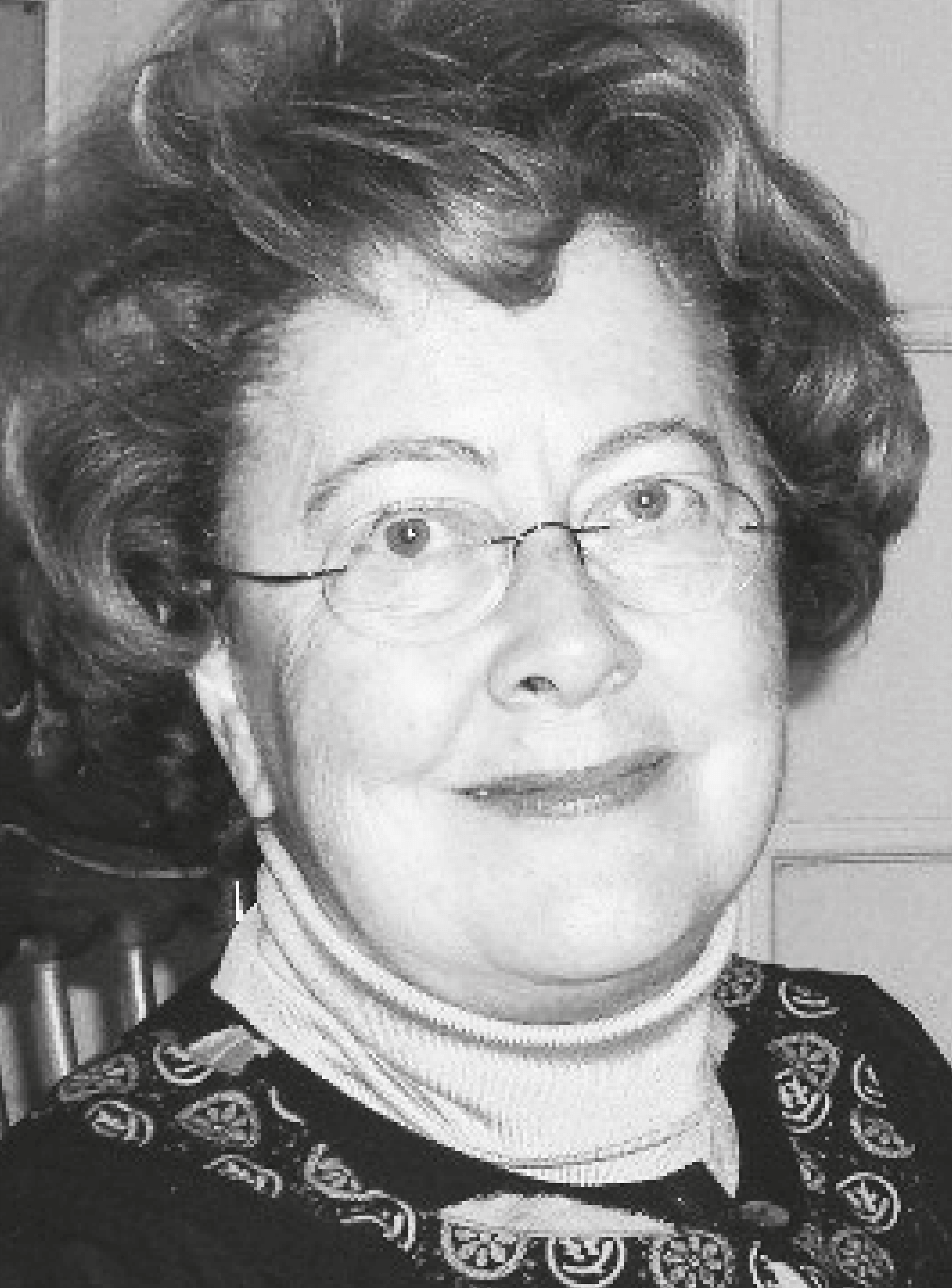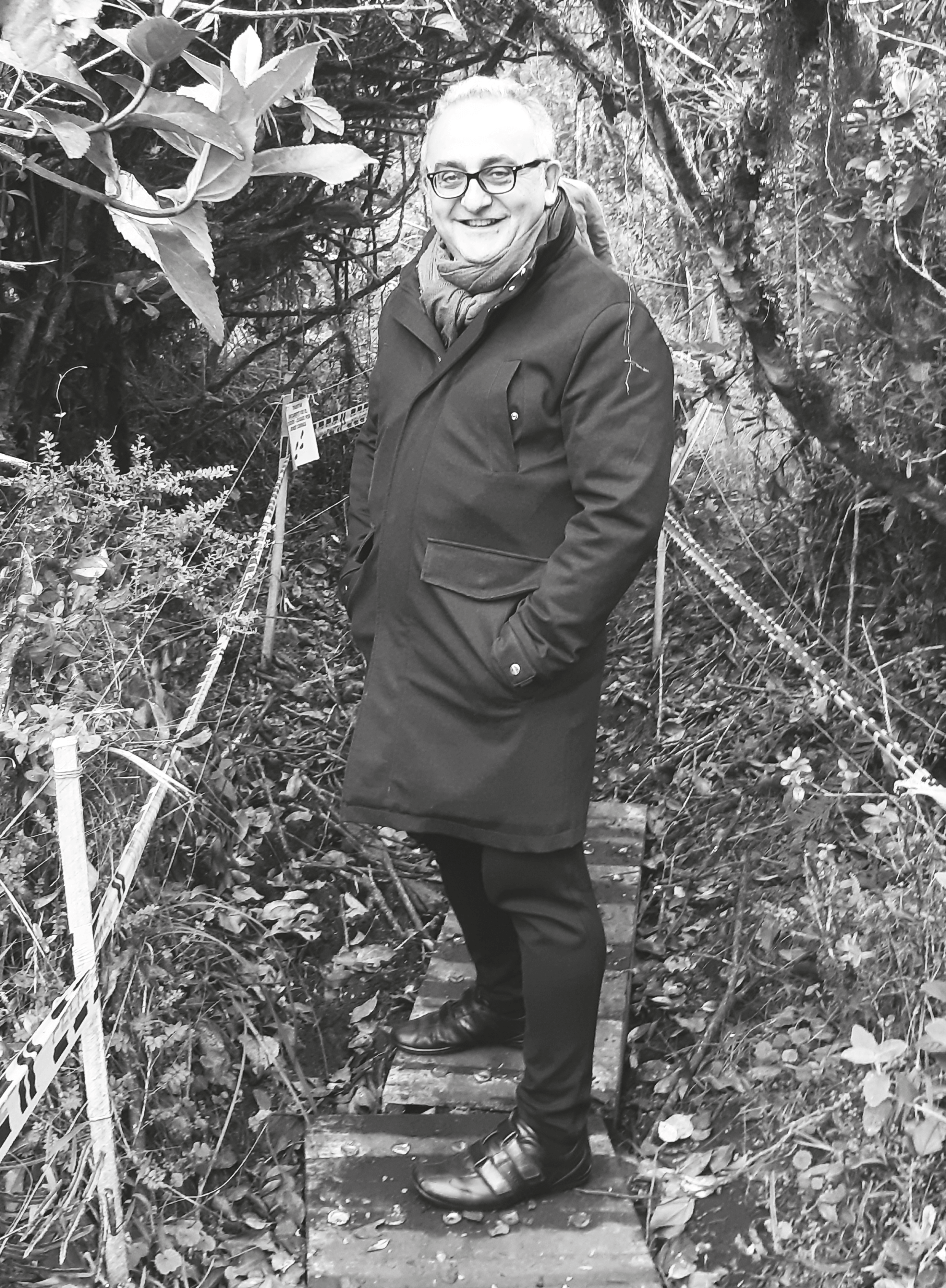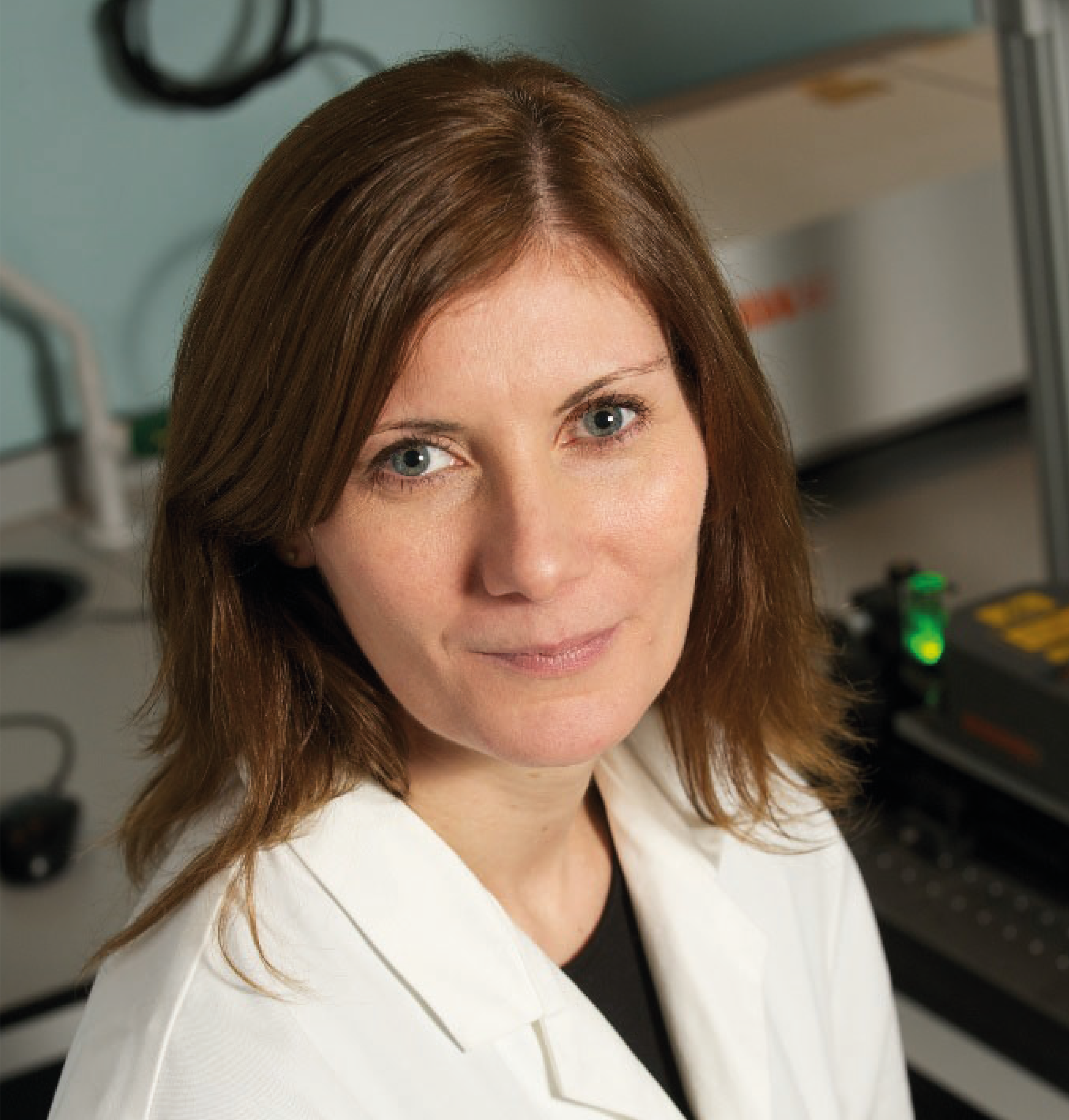By Kelly Zhang, Principal Scientist and Associate Director, Research and Early Development, Genentech, USA.
Landmark paper: A Goyon et al, “Streamlined characterization of an antibody-drug conjugate by two-dimensional and four-dimensional liquid chromatography/mass spectrometry”, Anal Chem, 91, 14896 (2019). DOI: 10.1021/acs.analchem.9b02454
The cover story on Analytical Chemistry in December by my colleagues Alex Goyon and Cinzia Stella at Genentech in collaboration with the University of Geneva, is one of my favorite papers in the field of analytical chemistry from 2019.
It was truly exciting to see multidimensional separation (in this case 4DLC-MS) being used in biopharmaceutics. The outcome? Significantly improved working efficiency. The reported online automated approach is much faster than the traditional offline approach, which would have required the researchers to conduct several separate and time-consuming manual methods. The reported approach reduced the antibody–drug conjugate characterization time from weeks to days – an impressive feat.
The streamlined 4D (SEC-reduction-digestion-RPHPLC) method can simultaneously measure several critical quality attributes: aggregation, average drug-to-antibody ratio (DAR), and post-translational modifications by online peptide mapping after trypsin digestion – all in a single analysis. Peptide mapping of the size species may help to identify specific peptides involved in aggregate formation, and could help to guide antibody reengineering efforts in early stages of production.
I think it’s also important to note how this work bridges the disconnect between academic research and real-world applications.

By Norman Dovichi, Grace-Rupley Professor of Chemistry and Biochemistry, University of Notre Dame, Indiana, USA.
Landmark paper: Z Liu et al, “Stable isotopic labelling and nontarget identification of nanogram/liter amino contaminants in water”, Anal Chem, 91, 13213 (2019). DOI: 10.1021/acs.analchem.9b03642
Analytical chemists have worked for decades to develop technology that detects and identifies very low concentrates and quantities of analyte. This effort is driven, in part, by the need to identify trace-level environmental contaminants. Many such contaminants are pharmaceuticals and pesticides discarded into sewage, which can be toxic to aquatic species at even very low concentrations. These contaminants often contain amines.
Liu and colleagues report the detection and quantitation of part-per-trillion (picomolar) concentrated amino-containing compounds in environmental waters. The team used formaldehyde to isotopically label the amines, which allows quantitation by comparison of intensities for the light- isotope-labeled standards and heavy-isotope-labeled analyte. Labeling also enhanced solid-phase extraction of these trace-level components. Once concentrated by solid-phase extraction, conventional LC-MS completed Liu’s analysis platform. The authors report detection of thousands of MS features from the analysis of single liter aliquots of environmental water – some compounds were identified at the hundred picomolar level.
However, this work highlights one important challenge in trace-level analysis. Although trace-level components can be detected as features in mass spectra, identification of those features is extremely difficult; Liu tentatively identified only 154 compounds from the thousands of features that they detected. This challenge of identifying features present at very low levels is not only important in environmental analysis – as demonstrated in this work – but is also a common challenge in metabolomic analysis, where feature generation is easy but feature identification is much more difficult.

By Gongke Li, Professor and Director of the Institute of Analytical Sciences, School of Chemistry, Sun Yat-sen University, China.
Landmark papers: P Nanthasurasak et al, “In-transit electroextraction of small-molecule pharmaceuticals from blood”, Angewandte Chemie, 58, 3790 (2019). DOI: 10.1002/anie.201812077
Y Yu, “Ultrasensitive determination of rare modified cytosines based on novel hydrazine labelling reagents”, Anal Chem, 91, 13047 (2019). DOI: 10.1021/acs.analchem.9b03227
Sample preparation is a critical step in complex sample analysis that impacts the selectivity, speed, and accuracy of analytical results. The goal: separation and enrichment. From chaos to order, separation and enrichment are entropy reduction procedures that cannot happen spontaneously. On account of consuming over two thirds of analysis time, sample preparation becomes the bottleneck issue in many labs.
Interesting in-transit sample preparation was carried out by Nanthasurasak and colleagues, in which a clinical sample was prepared during transport to the laboratory using a portable device and electroextraction method. Benefiting from both device miniaturization and a multistep integration strategy, this work provides a potential time-saving approach to processing samples.
In another paper by Yu and colleagues, the coffee ring effect was combined with surface-enhanced Raman spectroscopy for rapid, in situ sample preparation and analysis. Without sampling and sample transfer processes, in situ approaches are advantageous as they examine the real status and concentration of target analytes, especially in medical diagnosis, environmental monitoring, food safety, and forensics. Acquiring enough information on the target analyte from the sample matrix within a minimum period of time is one of the greatest goals of our field.
Both of these papers feed into this goal, demonstrating the development of sample preparation towards fast, automation, low-cost, and eco-friendly.

By Catherine Fenselau, Distinguished University Professor Emeritus, University of Maryland, USA.
Landmark paper: L Chen L and RB van Breemen, “Validation of a sensitive UHPLC-MS/MS method for cytochrome P450 probe substrates caffeine, tolbutamide, dextromethorphan, and alprazolam in human serum reveals drug contamination of serum used for research”, J Pharm Biomed Anal, 179 (Epub 2019). DOI: 10.1016/j.jpba.2019.112983
While validating an assay to study the interactions of botanical dietary supplements with drug metabolism, researchers at Oregon State and the Linus Pauling Institute identified and reported the widespread presence of caffeine, alprazolam (an anti-anxiety medicine) and dextromethorphan (an over-the-counter cough suppressant) in samples of supposedly pure human serum.
Rigorous measurements were made following FDA guidance for industry, using stable isotope labeled internal standards and ultrahigh-pressure (UHP)LC-MS/MS on a Shimadzu triple quadrupole mass spectrometer. Eighteen samples of “pure” human serum from North American sources were tested, all of which contained caffeine levels as high as 250 ng/mL; alpraxolam was also detected in 13 lots, and 8 samples contained dextromethorphan. A fourth targeted analyte, tolbutamide, was not detected.
Two individual donors had to be recruited to abstain from caffeinated foods and beverages to complete the research. Quoting EurekAlert: “If you ever need a blood transfusion, your odds of also receiving caffeine, cough medicine and an anti-anxiety drug are pretty good."

By Alejandro Cifuentes, Laboratory of Foodomics, Institute of Food Science Research, Spanish National Research Council, Madrid, Spain.
Landmark paper: Barabási A et al, “The unmapped chemical complexity of our diet", Nat Food (2019). DOI: 10.1038/s43016-019-0005-1
This is one of the first papers published in the inauguration of a new journal called “Nature Food.” The paper was published on December 2019 and, as indicated online, the journal will be open for submissions from January 2020; the unveiling of this new journal from the prestigious Nature group is exciting news for people working on food science (like myself). In this article, the authors highlighted that only 150 nutritional components are tracked in food composition tables – about 0.5 percent of the 26,625 chemical compounds documented in food. This, of course, provides a very poor representation of this complex issue and may be responsible for many irreproducible results.
As may be expected, the researchers found a wealth of information about food composition scattered across multiple publications that has not been collected in any relevant database. According to the authors, the use of new high-throughput tools to scan the scientific literature could set the stage for an in-depth and systematic understanding of the ways in which our food affects our health. The paper also touches on other issues in the food and health binomial, and – although it uses the concept of the “foodome” in a somewhat peculiar way (already defined in a SCI journal in 2017) – it provides an interesting perspective on a complex issue that is well worth the read.

By Karen Faulds, Head of Bionanotechnology and Analytical Chemistry, University of Strathclyde, UK.
Landmark paper: H Arami et al, “Nanomedicine for spontaneous brain tumors: a companion clinical trial”, ACS Nano, 13, 2858 (2019). DOI: 10.1021/acsnano.8b04406
The understanding of the mechanism of uptake and distribution of nanoparticles within tumors by enhanced permeation and retention (EPR) is critical for the future use of untargeted nanoparticles as imaging and therapeutic agents. The EPR effect relies on the tendency for nanoparticles to accumulate in tumors over healthy tissue; however, the majority of animal studies use mouse models – subject to some scrutiny, regarding their ability to accurately represent spontaneous human tumors. In particular, mouse models of brain cancer involve the intracranial implantation of human tumor cells, which generally results in more homogenous tumors with altered invasiveness when compared with spontaneously occurring tumors in humans. Rodents also have much higher resting heart rates than humans, which impacts the pharmacokinetics and circulation stability of nanoparticles.
This paper from Ghambhir and colleagues details a study of EPR uptake and the distribution of silica-coated gold nanoparticles in canines with spontaneous brain tumors using surface-enhanced Raman scattering (SERS), scanning electron microscopy, inductively coupled plasma MS, magnetic resonance imaging and histology. Four different companion canines with spontaneous brain tumors (differing in pathology and grade) were recruited. The results show that the EPR effect was still valid in these spontaneous canine tumors, but the heterogeneity of the naturally occurring canine tumors resulted in variability in the EPR effect and non-homogenous uptake of nanoparticles into the tumors versus the homogeneous tumors of mouse models.
This really important paper enhances our understanding of the uptake and fate of nanoparticles in spontaneous cancers, which is necessary knowledge if nanoparticle approaches are to be used for diagnostic and therapeutic applications in humans in the future.





